In addition to Amtrak’s long-distance, regional, and high-speed Acela trains, the Northeast Corridor (NEC) hosts multiple commuter entities across different sections. From Boston to Washington D.C., find out where each of these services travel along this highly active main line. These are the commuter rail systems along the Northeast Corridor.
It’s important to note that while Amtrak owns the majority of the 457-mile route, sections of the Northeast Corridor in Massachusetts, Connecticut, and New York fall under three additional owners. The NEC timetable direction from Boston to Zoo Interlocking in Philadelphia is westbound, while the remaining journey to Washington D.C. is southbound.
MBTA
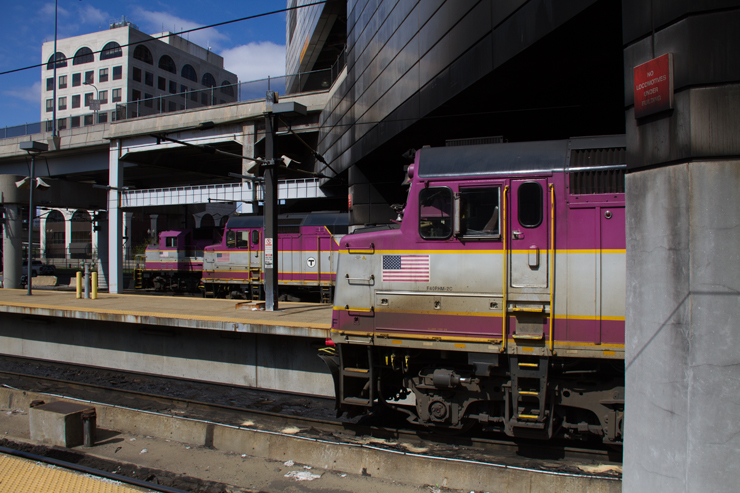
The Massachusetts Bay Transportation Authority (MBTA) owns the former New Haven Railroad’s now-electrified trackage between Boston and the Rhode Island state line, though it relies on Amtrak’s dispatching. The commuter carrier’s routes are operated by Keolis Commuter Services and utilize portions of the Northeast Corridor out of Boston’s South Station. This includes Providence/Stoughton Line trains terminating as far as Wickford Junction, R.I., 62.9 miles west of Boston.
CTrail
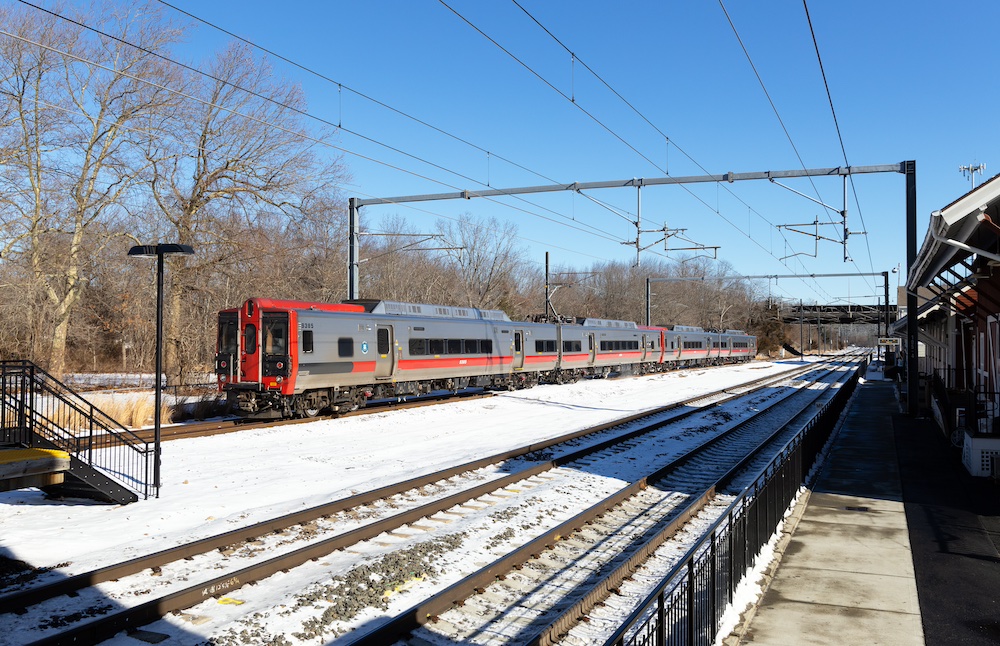
Amtrak owns NEC tracks in Rhode Island and as far west as New Haven, Conn. The route hosts Connecticut Department of Transportation (CTDOT)-sponsored Shore Line East commuter trains for 51 miles between New London, Conn. and New Haven’s Union Station, along with through service to Stanford, Conn. The New Haven-New London and Stanford treks are operated by Amtrak and Metro-North Railroad crews, respectively.
Diverging off the corridor in New Haven is Amtrak’s 62-mile Springfield Line, connecting Hartford, Conn., and Springfield, Mass. CTDOT’s CTrail Hartford Line services, operated under TransitAmerica Services, Alternate Concepts and Amtrak’s partnership, sees up to 35 trains per day along the section.
Metro-North Railroad
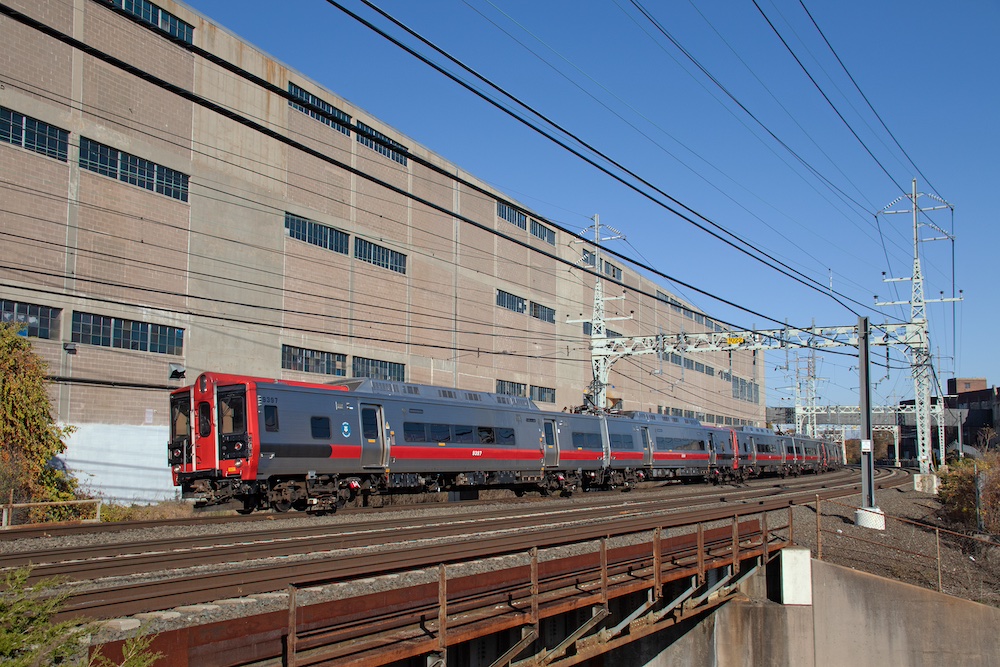
CTDOT ownership of Northeast Corridor tracks begins in New Haven. At the New York state line, the Metropolitan Transportation Authority’s (MTA) Metro-North Railroad assumes ownership to New Rochelle, N.Y. Metro-North itself also dispatches both its own and Amtrak trains while maintaining the electrified right-of-way over the 56 miles between New Haven and New Rochelle. There, the commuter trains diverge to New York City’s Grand Central Terminal on a separate route while Amtrak (now owning the remaining NEC) heads over the Hell Gate Bridge towards Penn Station.
Long Island Rail Road
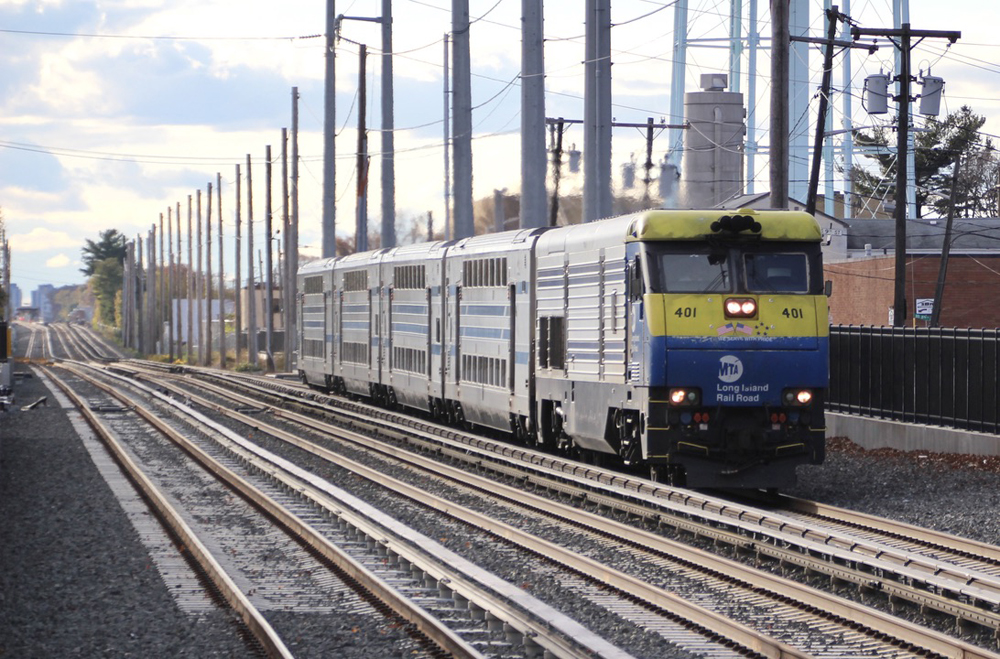
The Long Island Rail Road’s use of the NEC, east of Penn Station, is only 3.7 miles from Harold Interlocking in Queens. Yet approximately 400 trains a day from this commuter system alone share tracks with Amtrak’s through-trains that connect Boston, while also navigating around equipment moves of both the national carrier and New Jersey Transit to and from Sunnyside Yard. Overall, it’s a short yet condensed section that includes four tunnels under the East River to Manhattan.
NJ Transit
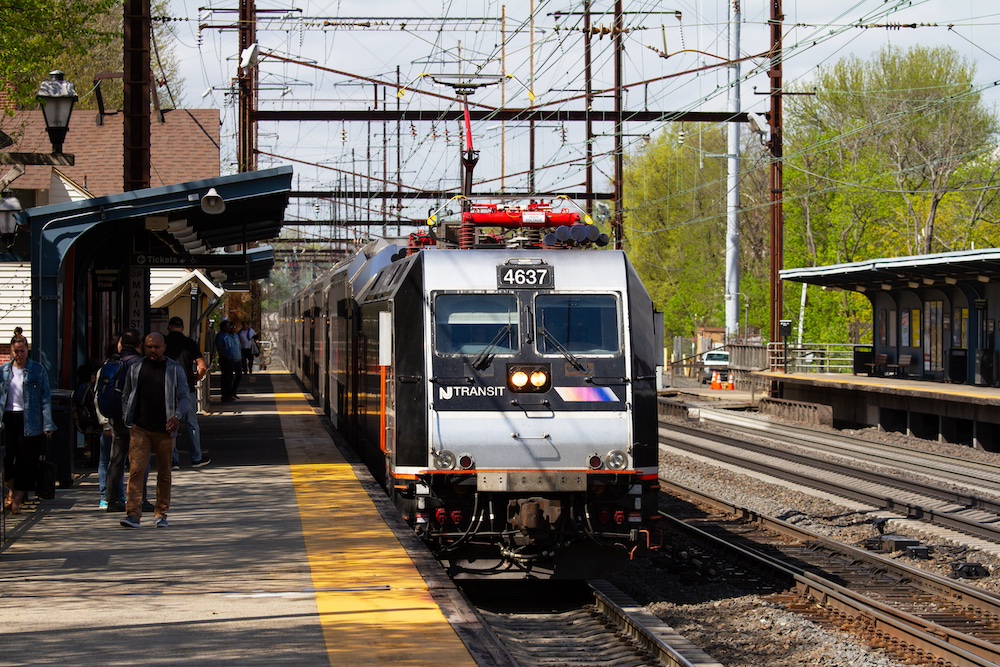
New Jersey Transit Corporation’s Northeast Corridor Line shares 58 miles over the namesake route from New York Penn Station to Trenton, N.J. Other services by NJ Transit that use smaller portions of the corridor are the Raritan Valley Line, as far as Hunter Tower a couple of miles west of Newark Penn Station; and the North Jersey Coast Line, as far as Rahway N.J. The commuter system’s Atlantic City Line also traverses a 4-mile stretch north of Philadelphia’s William H. Gray III 30th Street Station, prompting trackage rights for NJ Transit to move equipment between Pennsylvania’s largest city and Trenton.
SEPTA
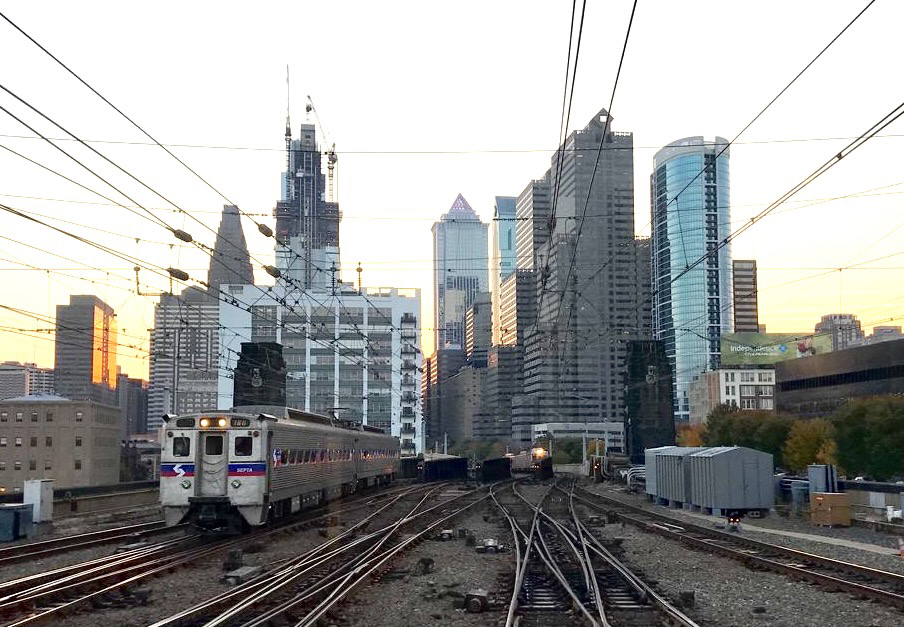
Picking up where NJ Transit left off in Trenton, Southeastern Pennsylvania Transportation Authority’s (SEPTA) appropriately-named Trenton Line travels 33 miles of the NEC route to 30th Street Station, Amtrak’s third busiest station in the country. From there, the Wilmington/Newark Line utilizes 37 miles along the corridor to Newark, Del., south of Wilmington. Other SEPTA services to briefly use the NEC are the Chestnut Hill East and Airport lines, both between 30th Street and Philadelphia’s Penn Medicine Station.
Amtrak’s Harrisburg Line feeds off the corridor out of 30th Street Station with the carrier’s Keystone Service trains zipping along the former Pennsylvania Railroad main line to and from its namesake terminus of Harrisburg. SEPTA’s Paoli/Thorndale Line traverses the route’s roughly 35 miles as far as its own namesake terminus in Thorndale.
MARC
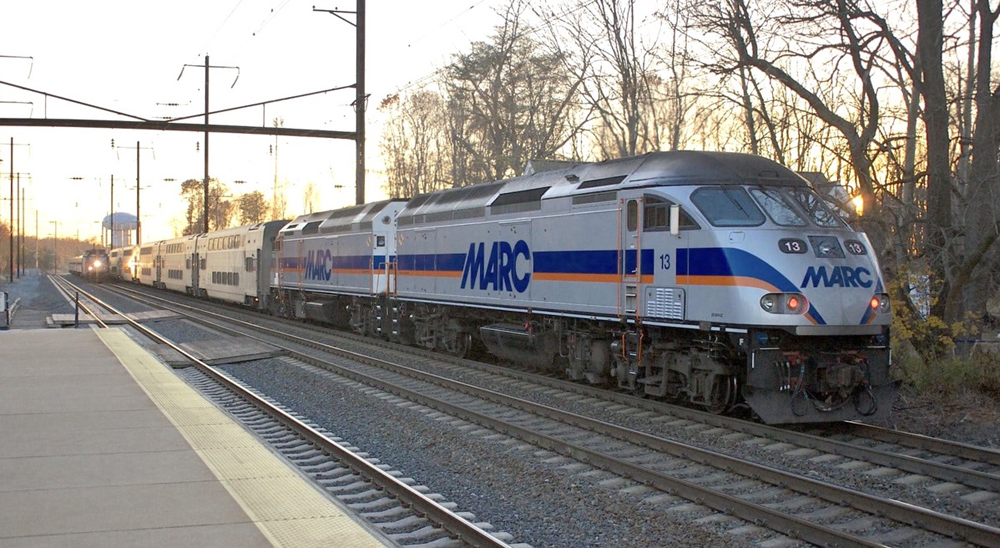
Out of the three Maryland Area Rail Commuter (MARC) lines, the Penn Line uses the entire Northeast Corridor for its 77-mile service to Perryville, Md. Baltimore’s Penn Station; BWI Rail Station at Thurgood Marshall International Airport, south of downtown Baltimore; and New Carrollton, in suburban Washington, D.C., are shared station stops with Amtrak along the way.














It is Stamford, CT. And there are 2 tunnels under the East River to Penn Station with 4 tracks.
It might be of interest to note that the NEC between Perryville MD (northern MARC terminus) and Newark DE (SEPTA southern terminus) is the only section that has no commuter trains, although the state of Maryland eventually intends to fill this gap with MARC Penn Line (NEC) trains.
Marty Calon, you must be a PRR type of guy. I’m this forum’s New Haven Railroad memorialist. You missed two New Haven Railroad segments.
New Rochelle to Sunnyside, Queens, via the Hell Gate Bridge has no commuter trains — these are planned for some time in the indefinite future, if $$$$ can be found.
Wickford Junction (Rhode Island) west to wherever, I guess New London (Connecticut), has no commuter trains.
Hot spot? I vote for the station where I sat watching trains go by last month at NEC’s highest elevation. my centuries-ago home town which is Sharon, Massachusetts. You may have seen this very spot in the 1973 film, “The Friends of Eddie Coyle”. Sadly, the famous billboard in the outbound parking lot (shown in the movie), “Sharon, A Better Place To Live Because It’s Naturally Beautiful”, seems to have gone away. Billboard or no billboard, Sharon remains a lovely town and was listed in some magazine article as one of the best places to live in USA. Being a major stop on MBTA’s “Providence Local” (I insist on still using the New Haven terminology for the service) is a big part of the town’s attraction.